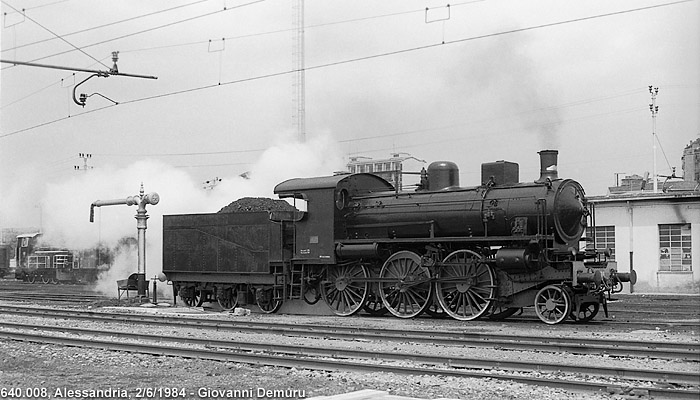Travelling on a Railcar
| The local train Pavia - Codogno runs through the Po Plain with a typical set of coaches from 1930's to 1950's (photo G. Demuru). |
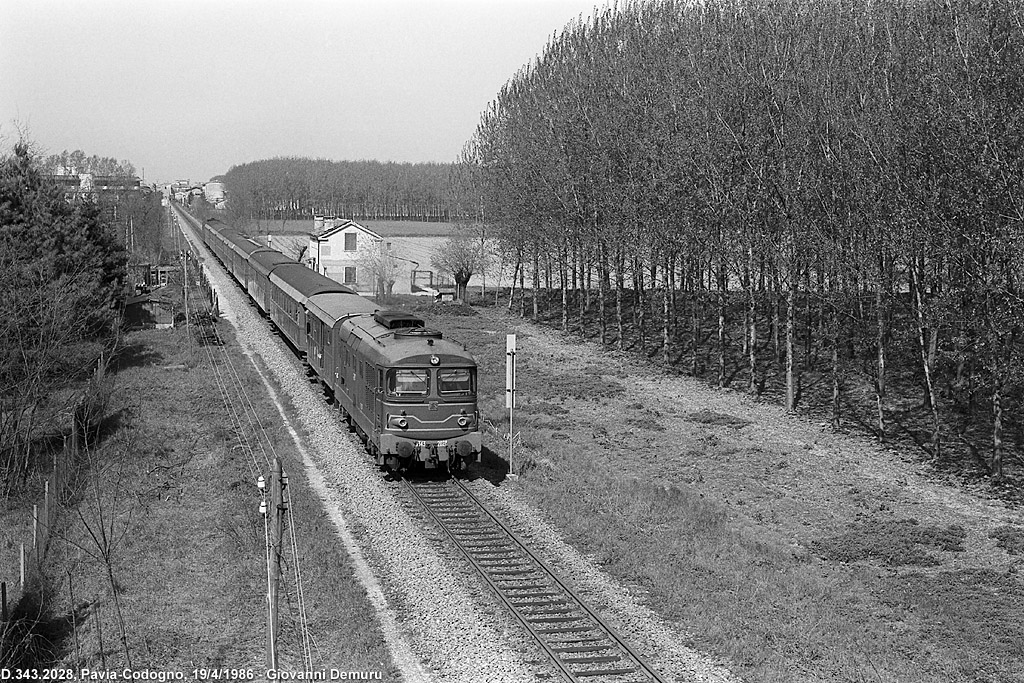
| Two railcars make their appointment in Romagnano Sesia, 17 June 2000. |
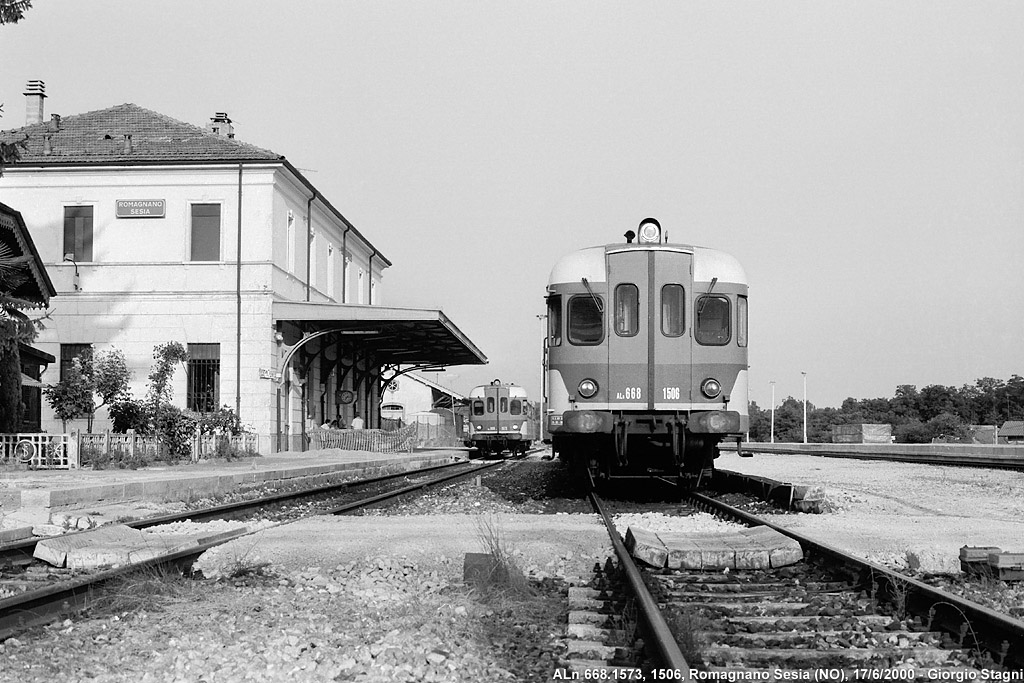
| Railcars ALn 773.3504 and 3505 (Officine Meccaniche, Milan, 1957-58) have been used for tourist services departing from Siena. On 13 October 1996, the train is arrived in Asciano. |
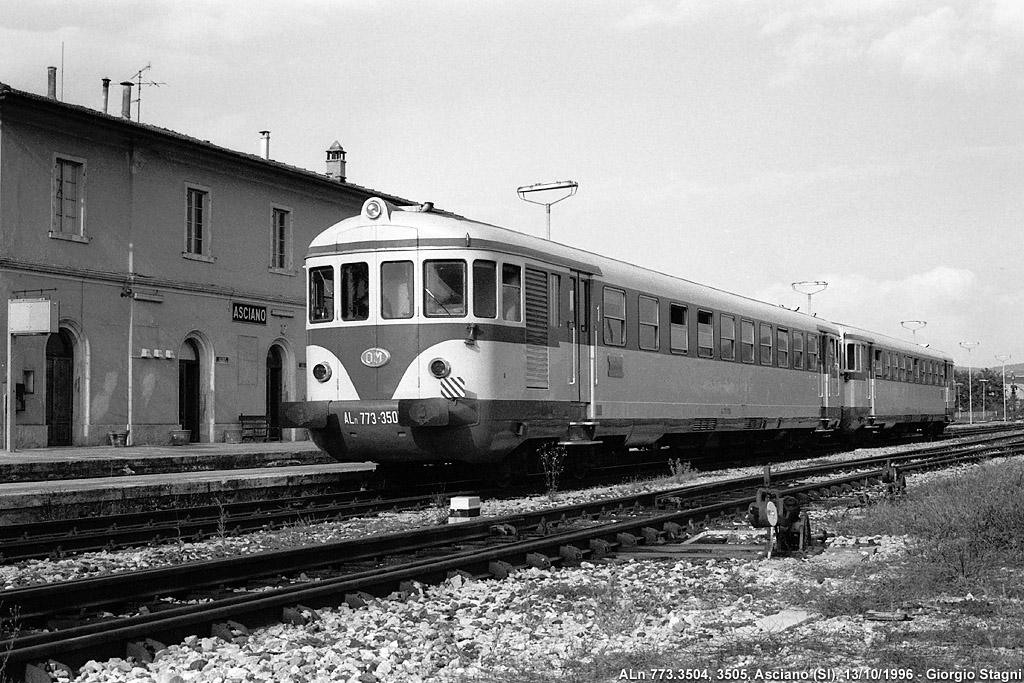
| Railcars of the Canavesana line Torino-Rivarolo-Pont are very similar to the very first ALn 668 FS, built by Fiat since 1956, introducing a symple and useful vehicle for secondary lines. Units D.01 e D.02 (Fiat, 1961) run as a local train from Chieri to Cuorgnč, in Favria-Oglianico, on 30 March 2002. |
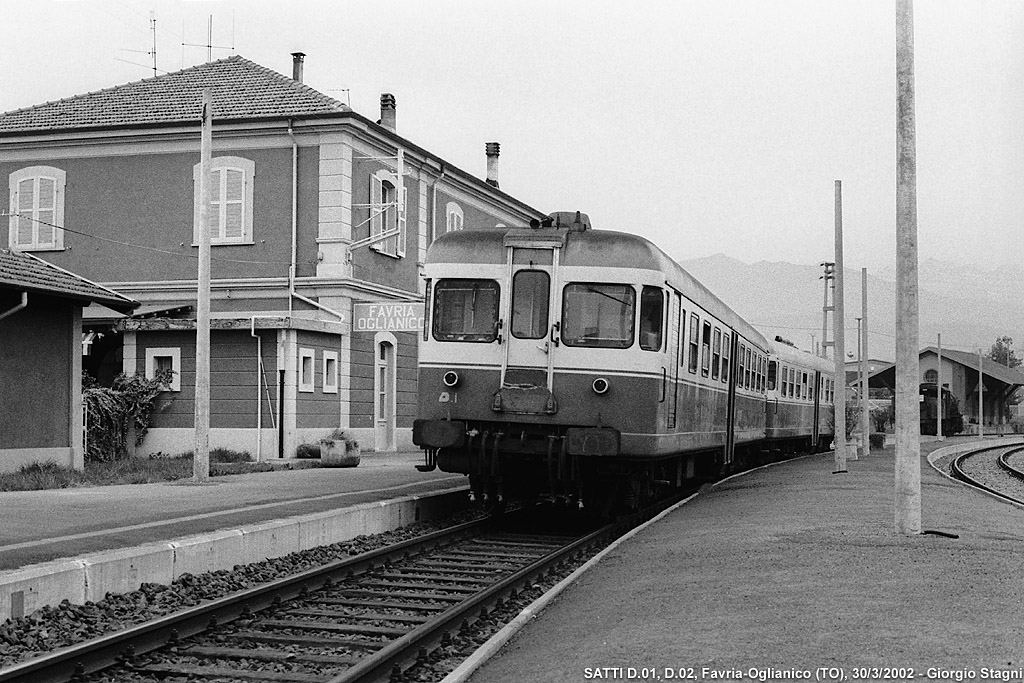
| ALe 540.024 crosses the Bormida river, bound to Ovada, near Alessandria on 24 March 2001. |
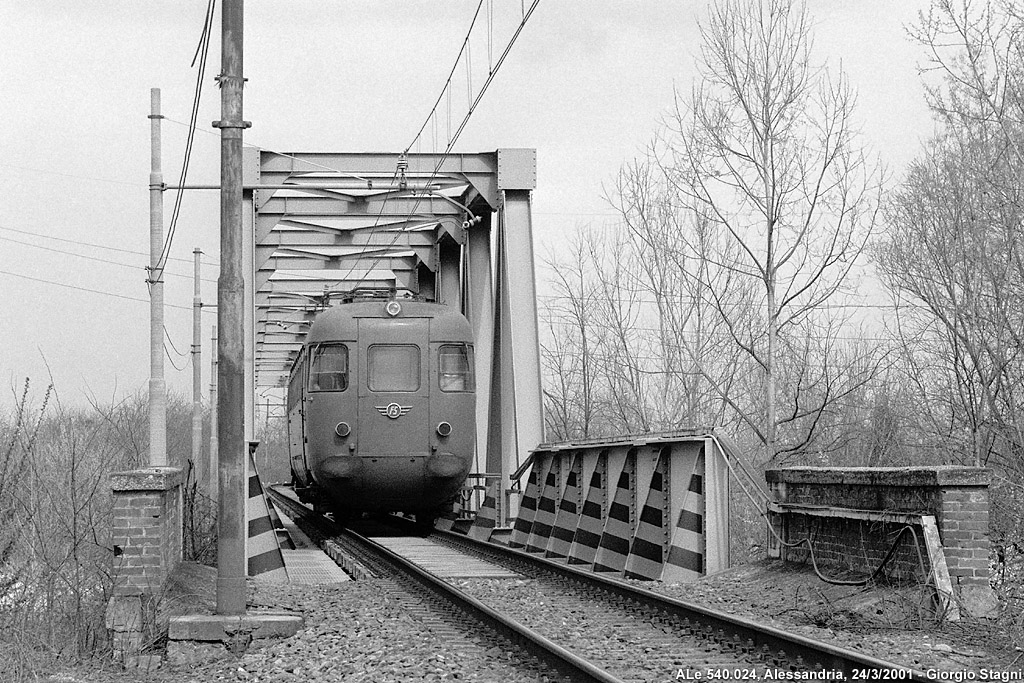
| D.345 engine slowly runs along the Monte Antico - Grosseto line with its herbicidal train, in Civitella-Paganico on 26 April 2002. |
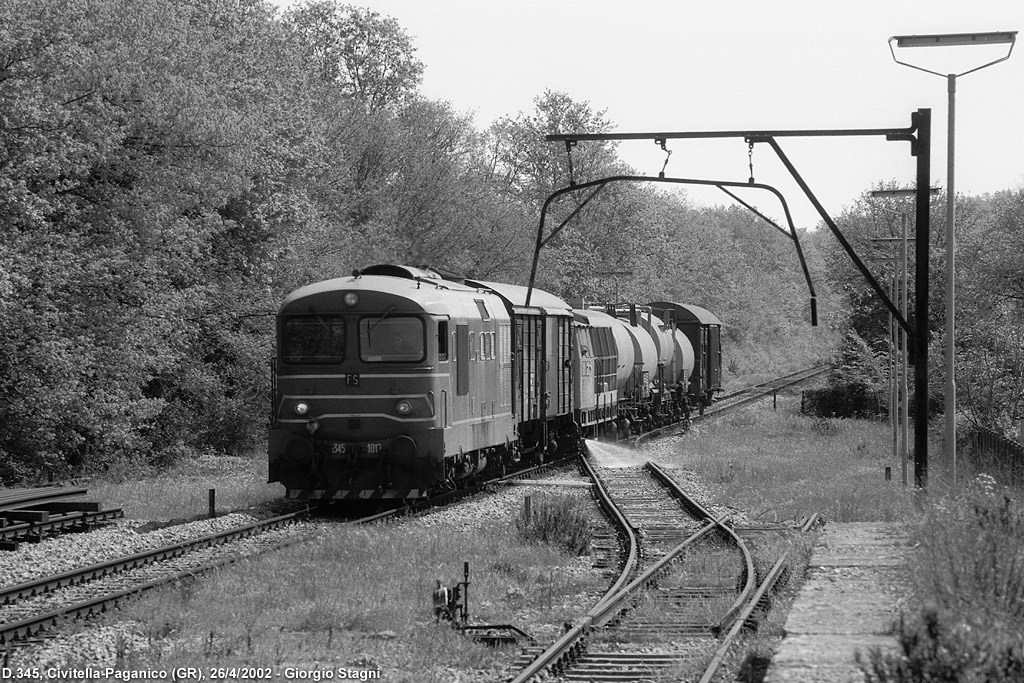
Steam between History and Landscape
Chapter 4 |
| 981.007, rack engine for the Paola-Cosenza line, in Cosenza depot, on 28 October 1985 (photo G. Demuru). |

| 830.006 in shunting service in the cokery of San Giuseppe di Cairo (Savona), on 24 September 1984 (photo G. Demuru). |
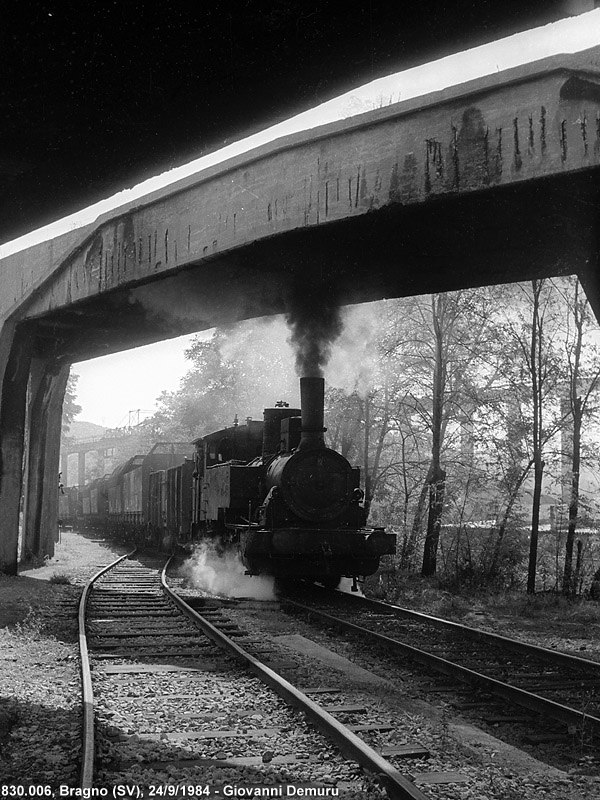
| 880.045 in shunting service on the great Soleri Viaduct, at the exit of Cuneo main station, on 9 February 1983 (photo G. Demuru). |
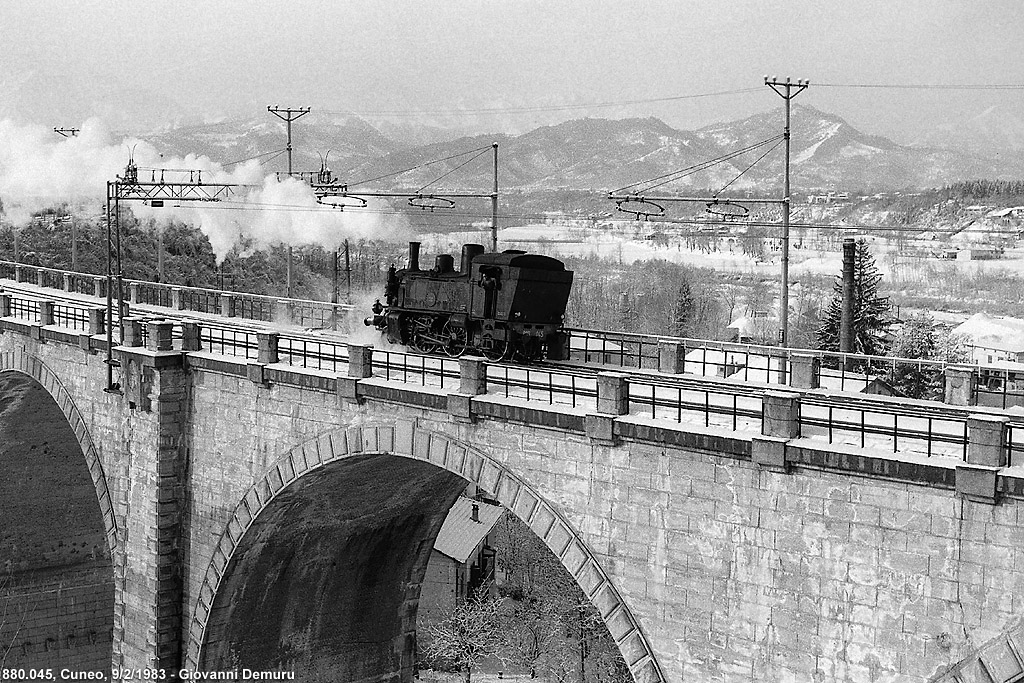
Foto 57-66/77 << Pag. precedente ^ Indice ^ Pag. successiva >>
[Index of Engines] [Indice della sezione / This Section] [Vai all'italiano]
